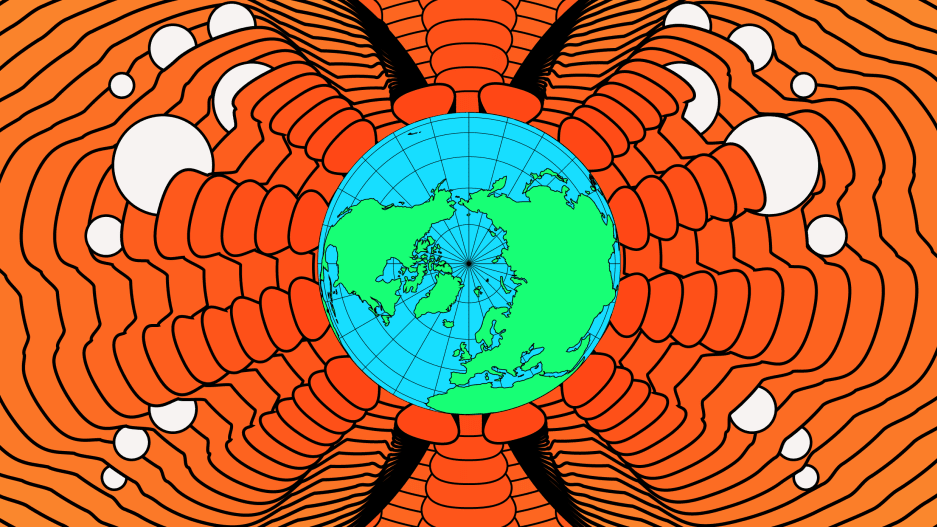The coronavirus butterfly effect: Six predictions for a new world order
The world may soon pass “peak virus.” But true recovery will take years—and the ripple effects will be seismic. Parag Khanna and Karan Khemka forecast the aftershocks.

BY PARAG KHANNA AND KARAN KHEMKA8 MINUTE READ
In chaos theory, the butterfly effect describes a small change that can have massive, unpredictable consequences. An insect flaps its wings and, weeks later, causes a tornado.
The coronavirus is more like an earthquake, with aftershocks that will permanently reshape the world.
If we are lucky, the world will pass “peak virus” within the next six months. But the economy, governments, and social institutions will take years to recover in the best-case scenario. Indeed, rather than even speak of “recovery,” which implies a return to how things were, it would be wise to project what new direction civilization will take. That too will be a bumpy ride. The next 3-5 years will remind us that COVID-19 was the lightning before the thunder.
Of course, it is difficult to draw straight lines between cause and effect. With the benefit of hindsight, we can trace how the Treaty of Versailles and the Great Depression enabled the rise of Hitler. But in the hyperconnected world of today, dense global networks enable butterfly effects to ripple and amplify far more rapidly.
Can we forward-engineer probable scenarios emerging from the consequences of today’s pandemic? Given how stretched our institutions are in coping with the current crisis, few tasks could be more urgent in helping us prepare for the future. It is easy to predict further doom after a devastating phenomenon such as the coronavirus. Reality will likely turn out differently—and it certainly can.

THE LONG EMERGENCY
The most obvious tail-risk scenario to consider is that the numerous existing strains of COVID-19 encircling the world continue to ravage societies and the search for a vaccine proves more elusive, extending beyond the currently forecast 12-18 months. Countries that have accepted the rhythms of shelter-in-place policies and deployed contact-tracing technologies may be able to isolate pockets of exposure through strict quarantines, but poor and densely populated countries will remain especially unprepared and vulnerable. The aggregate death toll crosses from under 100,000 at present to nearly one million or more. At the moment, all countries are self-isolating, but in this trajectory, some countries would be indefinitely ring-fenced from physical exchange with others. Domestically, they face a painful choice between reopening their economies and exposing their populations to further infection.
Continue reading
